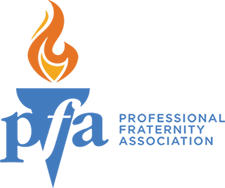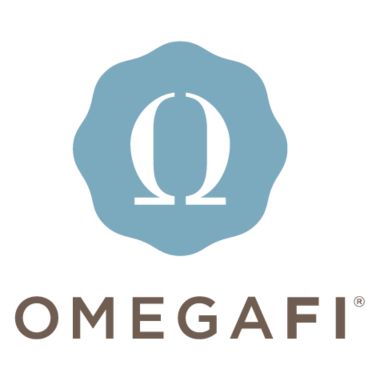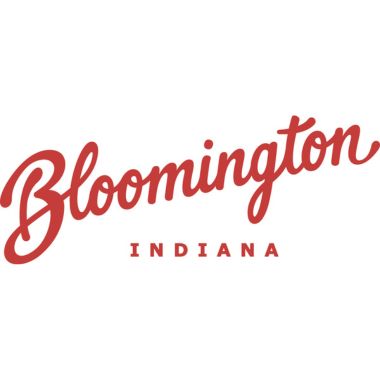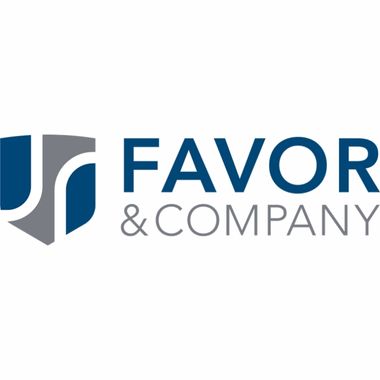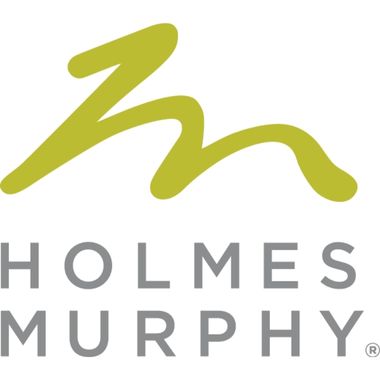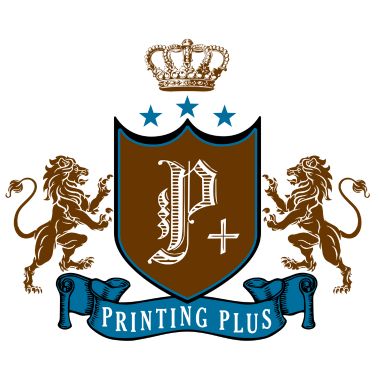HistoryIt could be said that the cooperative efforts of the Professional Interfraternity Conference and Professional Panhellenic Association began as the late 1920s when both conferences met simultaneously in Washington, D.C. Delegations from each convention visited the other meetings and ideas were shared. However, no specific overtures were made until 1974 when the president of PPA received an offer of cooperation from the officers of the PIC. A personal invitation to attend and take part in the PIC convention was extended and accepted.
Two years later when the founding of the fraternity system was celebrated in Williamsburg, Virginia, the two conferences held joint social and discussion sessions. All those in attendance were excited over a suggestion made by Alan Adams, the PIC President, that the two conferences, with such comparable purposes, goals and structures, could better serve the memberships of both by some sort of collaboration. As a result, a joint committee was named by Mr. Adams and Mary Ellin Frohmader, President of PPA, to study the possibilities and make recommendations. Several meetings were held with in-depth discussion of a variety of cooperative efforts. Simultaneous conventions with joint workshops, continuing as two separate conferences with more extensive communication, and a consolidation into a new conference were the three viable proposals. Of the three, the last seemed the most appropriate. Probably the greatest factor leading to this decision was the enforcement of Title IX by the government. In compliance, a large percent of the member fraternities of both conferences had become co-educational. With disciplines the counterpart fraternities were now more alike than they had been in the past and the two conferences were more similar. A united effort had been made through the Fraternal Alliance for Inalienable Rights (FAIR) to effect the exemption of professional fraternities from compliance with Title IX. A number of member fraternities from both conferences provided money and manpower toward this effort. FAIR did not succeed. It was apparent that the purposes, structures and projects of all involved fraternities were comparable and the committee reached the conclusion that it would recommend a consolidation. To affect this the Professional Interfraternity Conference changed its convention site and date to coincide with that of Professional Panhellenic Association. Both groups met in Indianapolis, Indiana, in October, 1977 to consider this item separately and together. In separate business sessions each conference voted to endorse the proposal, a constitution prepared by the study committee was accepted and the Professional Fraternity Association became a reality. All fraternities which were members in good standing of either PPA or the PIC were charter members of PFA, a total of thirty-four. The following Board of Directors was elected and installed: President: Mary Ellin Frohmader President-Elect: Frederick J. Weitkamp Secretary: Andrew J. Hopkins, M.D. Tresurer: Paula A. Manthe Directors: Alan Adams Frank J. Brye Madge C. Gerke During the following year the Board of Directors ironed out many of the wrinkles inherent in combining two organizations which had worked independently over many years. Both of the former conferences showed willingness to compromise to assure a harmonious future. In October, 1978, the first convention was held in Dearborn, Michigan. It became apparent very soon that the consolidation would be successful. The associate members, commercial companies who do business with fraternities, provided social events which set the stage for a congenial convention. Speakers and workshops of an informational nature were well received and constitutional changes which were found necessary during the first year of operation were made. Attendance, while not 100%, was good, with many fraternities represented by several delegates. It was agreed to continue the services of a Washington Monitor (a PIC service) who keeps member fraternities informed of legislation which could affect them. It was also agreed to promote outstanding professional fraternity people through the Career Achievement Award (a PPA Project). To facilitate and coordinate operations, an Executive Director is employed. Information and news is circulated through a newsletter prepared in the headquarters. CHARTER MEMBERS OF THE PROFESSIONAL FRATERNITY ASSOCIATION
CHARTER ASSOCIATE MEMBERSL. G. Balfour Company – Jewelry and Certificates
Maury Boyd and Associates, Inc. – Magazine Printing Paul Burke and Associates, Inc. – Group Insurance Consultant Broker and Administrator Burr, Patterson and Auld Co. – Jewelry Compolith Typesetting – Design and Production of Printed Materials Data Science Corporation – Data Processing Services Faris Mailing, Inc. – Computer Maintenance and Mailing Services J.O. Pollack and Co. Inc. – Jewelry and Certificates |
